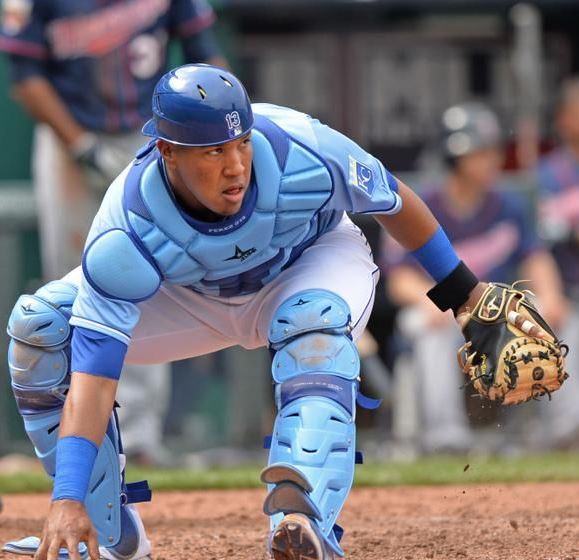|
It takes four games to get to know players. There is no evil empire in this World Series, no strutting WWF bad guys like Bonds or A-Rod or Clemens. Maybe that’s why the television ratings are down.
The World Series is sometimes an acquired taste unless one of the teams is familiar. But four games are enough to appreciate players, and to understand why they are in the World Series, and perhaps to even wish your home team – now scattered to the winds, never to convene in quite the same form again – had them. I really did not know Joe Panik or Salvador Perez before this season. Blame the World Cup last summer, or western time zones, or my time perhaps ill-spent watching the tiny cluster of young talent on the earnest little Mets. Now I can see why the Giants and the Royals were tied, 2-2, going into Sunday evening’s fifth game, the all-important fifth game. (Seems to me that the broadcasters have had each of the first four games as pivotal, also.) Panik has been a revelation, three years out of St. John’s University, and possessing the fundamentals like bunting and making contact and throwing to the right base. Harold Reynolds, who has become a very astute TV color man, critiques Panik’s play at his old position, second base – how the kid takes grounders on the grass during practice in anticipation of a defensive shift into short right field. So many players lack fundamentals these days. Perez, the catcher for the Royals, moves so fluidly, loves to throw, and seems to know his options before the ball goes into play. Good players on good teams, and now the Series has gone on for a while. A fan can anticipate, or second-guess, the moves by the managers. Bruce Bochy makes sure he plays his Yusmeiro Petit card in the middle innings; Ned Yost stocks up his bullpen for the final three innings, but the game got away earlier on Saturday night. Four games is time to appreciate the smile of Eric Hosmer at first base, the intense features of Hunter Pence. With that Dickensian name, Pence could be a madcap stagecoach driver pushing his horses to get to London before dark. It’s become a good Series. Maybe it will go seven. Too bad kids aren't watching the World Series. I blame Major League Baseball for staging games at night for decades. Then again, kids don't read newspapers, either.
5 Comments
Thor A. Larsen
10/26/2014 12:14:37 pm
George,
Reply
George Vecsey
10/26/2014 12:53:21 pm
He plays the game right, for sure. Hope all is well. GV
Reply
Ed Martin
10/27/2014 03:27:40 am
GV, you "pros" have to maintain some semblance of neutrality, where for me "rooting" for a team based on pure emotion is part of out-of-town Series. GO KC! (any team even remotely connected to "Coogan's Bluff" could never get my support.). Enjoy!
Reply
George Vecsey
10/27/2014 04:08:34 am
Ed, I'm all for new teams, fresh teams, smaller-market cities, and KC qualifies....but the Giants were the hated opposition (I know where I was on Oct. 3, 1951 -- suffering). I love the colors -- also the colors of the Tokyo Giants, in homage, grand history there. And I love SF deeply. I miss walking from the Wharf to the ball park, or taking the vintage trolleys around the docks...The management there is first-rate...so I can't root. That Bumgarner is terrific. What a pleasure to watch him pitch -- and know he can hit, like Newcombe and Drysdale and other great NL athletes. GV
Reply
Leave a Reply. |
Categories
All
|











